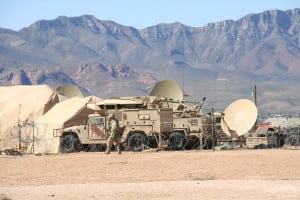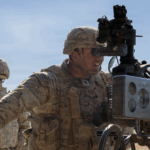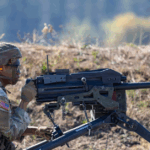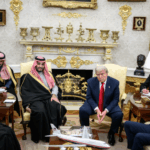
CACI International [CACI] said Tuesday it has won a new task order worth potentially $514 million over five years to modernize network infrastructure across a range of U.S. Army installations. The deal, awarded under the General Services Administration’s (GSA) Alliant 2 contracting vehicle for government-wide information technology services, will specifically focus on upgrades to outside plant (OSP) infrastructure and facilities for at least 40 locations. "CACI’s understanding and unique OSP knowledge will ensure that this modernization maximizes the Army’s current…

 By
By 











